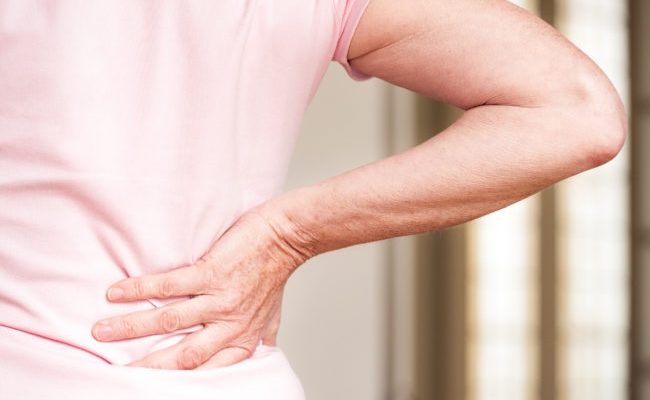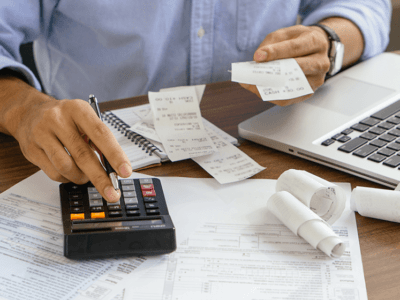As people age, there is the tendency for the bones (vertebrae), connective tissues (ligaments and muscles), and discs that make up the spinal column to degenerate. This degeneration may sometimes lead to the development of a condition known as spinal stenosis.
The word “stenosis” comes from a Greek word which means “choking.” The condition is often secondary to degenerative conditions like osteoarthritis and degenerative spondylolisthesis. When the spinal nerves found in the lower back are “choked,” lumbar spinal stenosis occurs.
Fortunately, there are several ways to treat the condition including spinal decompression therapy, non-steroidal anti-inflammatory drugs (NSAIDs), epidural injections, and surgery, to name a few.
Causes
Lumbar spinal stenosis is often associated with ageing. When there is degeneration due to age, the facet joints can get larger and can end up compressing the spinal roots found in the lower back. While rare, degenerative lumbar stenosis can also occur in younger people especially those who have a spinal injury or curvature of the spinal canal.
In most cases, patients suffering from lumbar spine stenosis won’t experience any pain when sitting down. However, standing upright is a totally different story as the space available for the nerve roots is decreased further and the outflow of blood from around the nerve is blocked.
When the congested blood irritates the nerve, the patient will often experience pain. However, it is reassuring to know that lumbar stenosis that causes severe nerve damage is often rare and surgery is often the last resort.
Symptoms
The most common symptom of lumbar spinal stenosis is pseudoclaudication or increased pain in the leg when walking. Understandably, this can eventually cause a significant reduction in the patient’s activity level.
Patients with lumbar spinal stenosis are comfortable when resting but often cannot walk far without experiencing leg pain. Pain relief is experienced when the patient sits down and rests.
For most patients, the symptoms will fluctuate. The duration and severity of the symptoms however can differ from one patient to another and will be taken into account when identifying the best treatment option.
Symptoms of lumbar stenosis often develop slowly. In some people, symptoms come and go. Other prevalent symptoms of the condition include:
- Sciatica (leg pain)
- Claudication (leg pain when walking)
- Numbness, weakness, and tingling (can radiate from the lower back to the legs and buttocks)
As the symptoms worsen, it can also become debilitating for patients. And estimated 400, 000 people suffer from low back and leg pain secondary to lumbar spinal stenosis. And that’s in the United States alone.
Diagnosis
Physical examination alone will not be able to provide a conclusive stenosis diagnosis. Even if typical symptoms are present (leg pain and back pain that’s aggravated by walking), doctors will have to use imaging studies (CT or MRI scans) to be able to diagnose the condition accurately.
Spinal stenosis has 3 primary types. Accurate identification of the spinal stenosis type is crucial so the right treatment can be provided.
Lateral stenosis:
This is the most prevalent type of spinal stenosis. Lateral stenosis develops when a nerve root is compressed by a herniated or bulging disc. This type of spinal stenosis can also occur when the nerve root is compressed by a bone protrusion beyond the foramen.
Central stenosis
Central stenosis occurs when the central canal found in the lower back is choked. This type of spinal stenosis may also cause the compression of the cauda equina nerve roots.
Foraminal stenosis
Foraminal stenosis develops when a nerve root found in the lower back is trapped or pressed on by a bone spur found in the foramen.













Comments